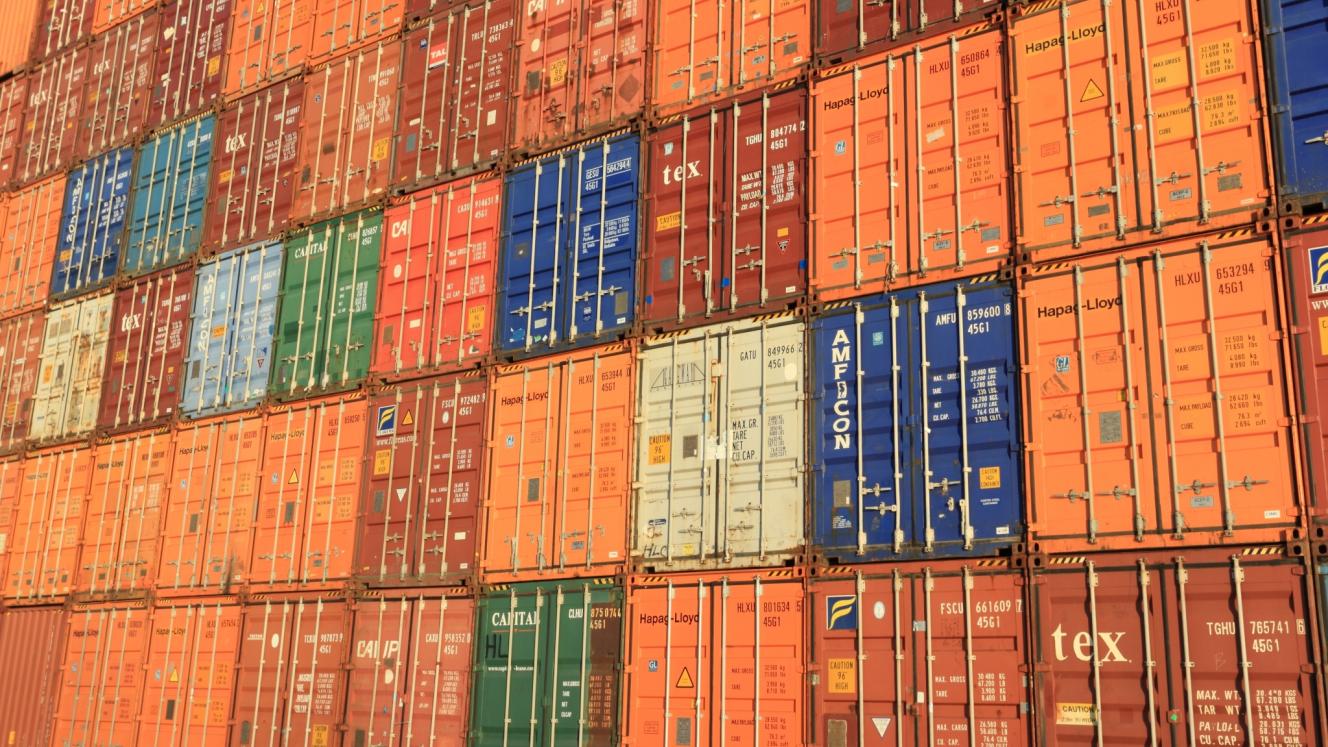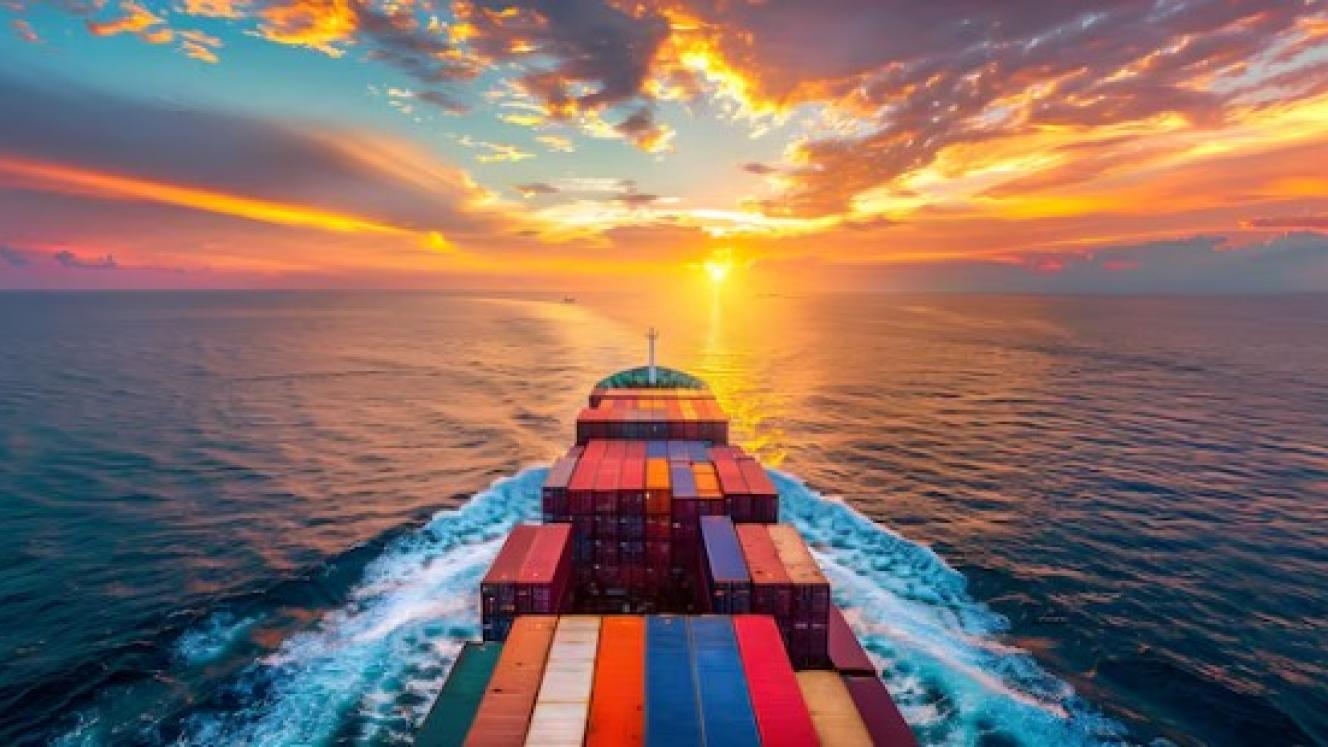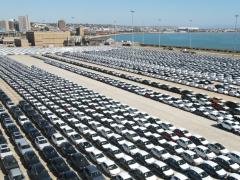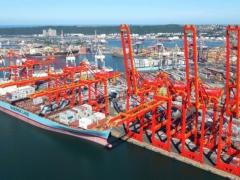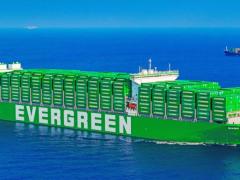In China and Southeast Asia, despite dropping container rates, the demand for shipping remains weak due to global inflation and restricted demand that has driven freight rates significantly lower.
Hellenic Shipping News reports that the long-term forecast for the shipping industry remains uncertain, as the low consumer demand in northern Europe and the slow market pickup in China indicate difficult months ahead.
Container prices declined significantly in ports across Asia, such as Ningbo, Shanghai, and Singapore in 2022, indicating that the current climate may not change in the near future. A decline in exports to the US and the EU in 2022, coupled with China’s increased trade with Russia, could also lead to altered trade routes.
China recorded a trade surplus in 2022, mainly as a result of export growth in the first quarter, which slowed over the next three quarters of the year. Container xChange forecasts that the slow pace of exports and outbound container volumes are expected to continue into the first quarter of 2023.
“Container trends are a crucial barometer of economic progress and global trade, and the current market outlook appears bleak. Container prices and leasing rates are plummeting, with the global shipping industry witnessing a freefall in container rates,” Christian Roeloffs, CEO and co-founder of Container xChange said in a statement.
“The blank sailings have not been able to control the sliding prices, and the mid-term outlook for the industry indicates a slowdown in container trade on Asia to EU and Asia to America trade lanes. However, contract rates are closer to spot rates, indicating the lack of demand for long-term commitments, which can be attributed to market uncertainty,” he said.
“Intra-Asia trade is showing some resilience, with comparatively better demand for containers. Nonetheless, the mid-term outlook does not project demand to rise to the heightened levels witnessed in 2020 and 2021, except for a possible inventory replenishment cycle that may bring about some demand for containers. The falling rates and increased availability of containers in certain regions of the world are indicative of weak demand and slower economic growth,” Roeloffs said.
Even after the Chinese New Year, container volumes and rates have remained low, indicating a shift in the shipping industry. An oversupply of containers led to carriers wanting to offload their inventory by October 2022. However, global inflation and restricted demand led to a sharp drop in spot rates, contract rates, and container prices. One major Asia-US route experienced an 80% decline in freight prices.
Asia-US West Coast container rates were 11% lower in January 2023 compared to January 2020 and Asia-US East Coast rates were 84% lower than in January 2022.
According to Container xChange, consumer demand in North Europe is unlikely to improve soon. The average pick-up rates from China to ports in North Europe remained low. Container rates for 20-foot boxes averaged $861 and 40ft HC rates averaged $823 until January 2023. In January 2022, the average pickup charge for a 40HC on the same route was more than $3 000.
The prices of a 20ft cargo-worthy container in the top three ports of Asia – Ningbo, Shanghai, and Singapore – have significantly declined between January 2022 and January 2023. The average price in Ningbo decreased from $2 460 to $1 290, while in Shanghai it fell from $2 370 to $1 270, and in Singapore it went down from $2 410 to $1 240.
In January, the average cost of a 20ft container in Northeast Asia was $1 300, while it was $1 250 in South East Asia.
